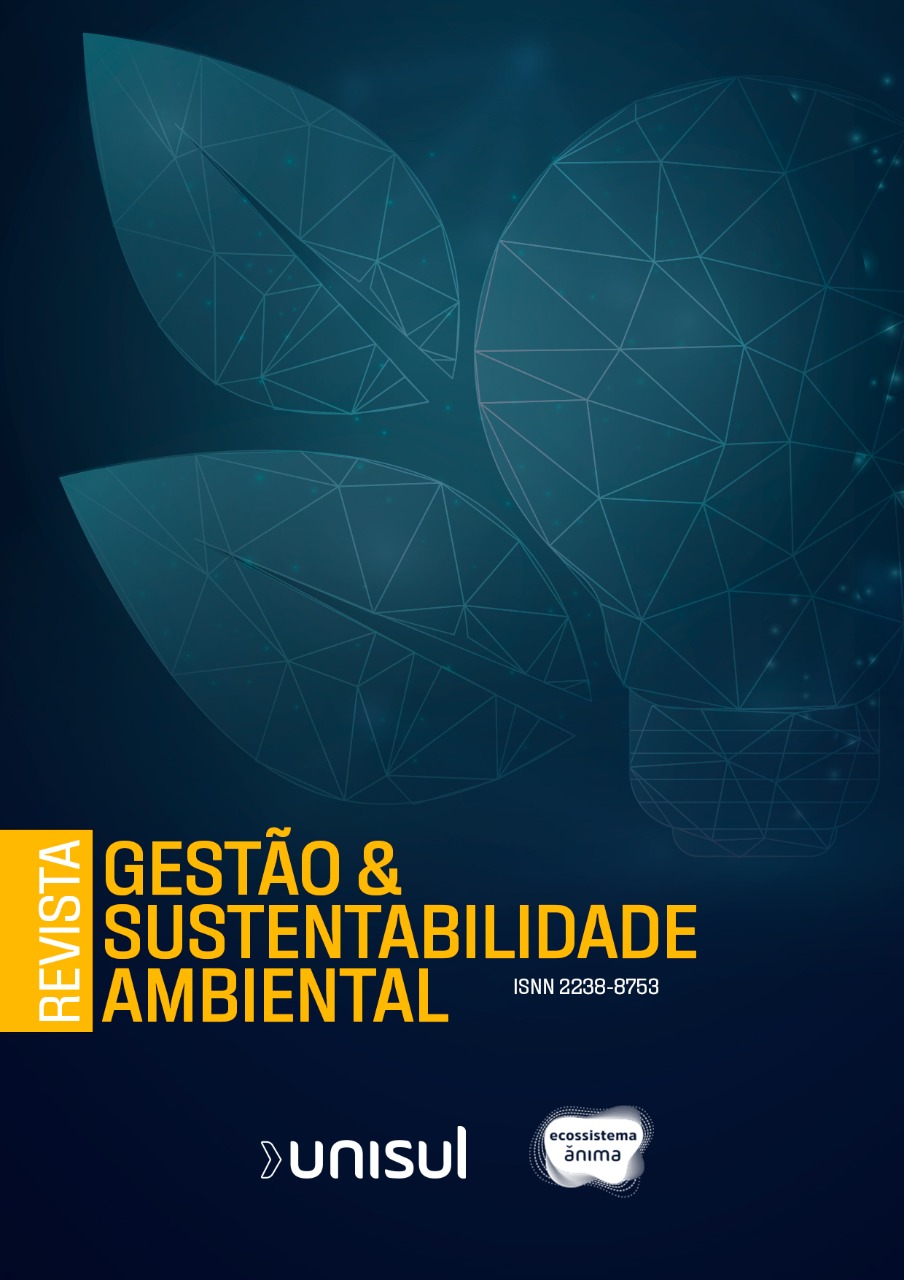CHARACTERIZATION OF THE RESIDUAL FRYING OIL IN CRUZEIRO DO OESTE – PR
DOI:
https://doi.org/10.19177/rgsa.v11e0202288-103Keywords:
Monitoring, Sustainability, Environment.Abstract
The consumption of fried food generates a large volume of oil. It is considered solid waste with high polluting power. In this aspect, preservation strategies must provide alternatives thatprotect the environment and strengthen Brazilian agribusiness. Thus, the present work addresses the monitoring of waste frying oil in Cruzeiro do Oeste city, Parana, for six (6) months. The quality of the residual frying oil was characterized by moisture and acidity content, color, oxidative stability, and fatty acid composition. The results showed that the oils had moisture values ranging from 0.1% to 0.4%, acidity from 0.3% to 3.2%, color by Chroma test in the range from 9.9 to 29.9, and oxidative stability from 0.8% to 8.0h. The ORF were composed predominantly of linoleic, oleic and palmitic acids. Two commercial oil samples were used for quality comparison purposes.
Downloads
Published
2022-01-19
Issue
Section
Artigos
License

O trabalho Revista Gestão & Sustentabilidade Ambiental foi licenciado com uma Licença Creative Commons - Atribuição - NãoComercial - CompartilhaIgual 3.0 Brasil.
Com base no trabalho disponível em www.portaldeperiodicos.unisul.br.
How to Cite
CHARACTERIZATION OF THE RESIDUAL FRYING OIL IN CRUZEIRO DO OESTE – PR. (2022). Revista Gestão & Sustentabilidade Ambiental, 11, 88-103. https://doi.org/10.19177/rgsa.v11e0202288-103








